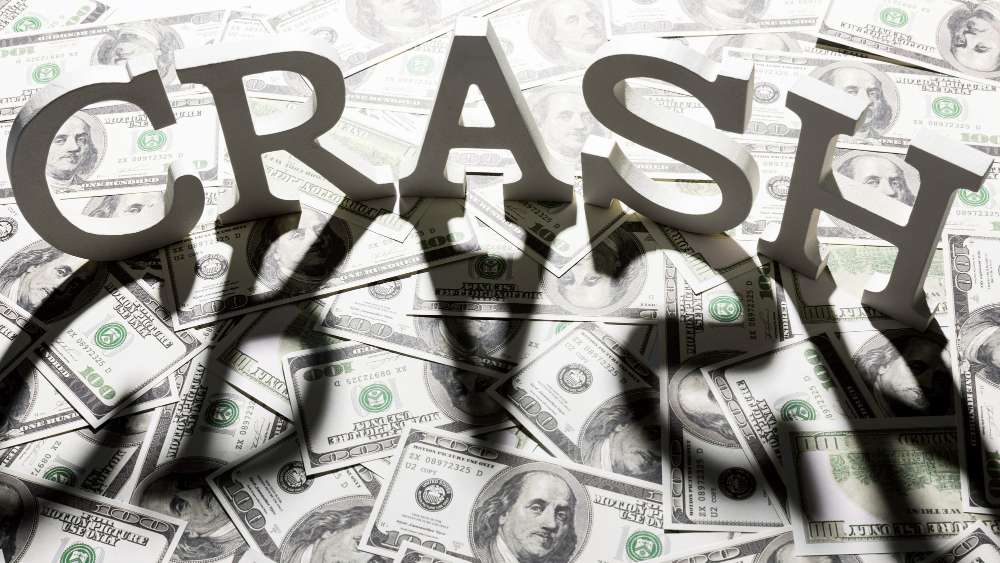When the SVB collapse hit the headlines and Silicon Valley Bank was shut down by California’s regulators on March 10th, it was the second largest bank failure in American history and the biggest bank failure since the global financial crisis. The bank was a key player in the tech and venture capital community. Fortunately, governments have learned how to deal with such situations, whether by creating a new bank to hold insured deposits (as in the US), or selling part of the bank to another bank (as in the UK).
SVB collapse: Why did the bank fail?
One version has it that SVB was not just focused on providing banking for start-ups, private equity firms and other ventures, but was also very focused on “woke” issues (the S of ESG), taking its eye off the ball of the investment returns it made with the deposits entrusted to it by its clients. However, this accusation reflects a degree of confusion in banking and financial markets. Many banks have strengthened their ESG policies in the last few years, and though SVB was well-rated in ESG matters, so were many other banks which perform very well financially. A more balanced appraisal would be based on how SVB raised and invested its money, raising it through deposits from its clients and investing it in bonds, which declined in value as interest rates rose, as well as on the profitability of its loans.
The G in ESG
So, it seems that the real issue with the SVB collapse was the G of ESG, not the S. Those in charge of the bank allowed unacceptable levels of risk to build up, primarily by borrowing short and lending long (in this case lending the US government money by buying its bonds). These loans were safe in terms of not being likely to default, but not in terms of their value as interest rates rose. It was the duty of SVP’s board to manage this, and it failed. This failure has been attributed to a weak board, and some even attribute this to “woke” appointment policies, though this is highly controversial.
Yet the first public domain sign of possible problems at SVB was in 2015, when the president of SVB pressed congress to reduce scrutiny of SVB, spending half a million dollars over several years. This was clearly an attempt to weaken governance. It takes us straight back to the global financial crisis, which was the result of an awful combination of poor government (especially in the US and Europe) and poor bank governance. Such lobbying activity is very public. An example of the public documentation is visible here (see page 115)
Lessons learned from the SVB collapse
Environmental performance of companies is becoming easier to track, for example using our data and technology, but so is governance performance. The problem is that you have to want to track it. Scrutinising environmental performance has become very popular, thanks partly to the pressures exerted by governments and non-governmental organisations and now by investors Social performance (which includes the so-called “woke” agenda – gender, sexuality, ethnicity, employment conditions etc.) is going the same way (in a good sense!).
However there tends to be an assumption that governance is OK until disaster strikes. However, while good G is often the reason for good S and good G, poor G can be catastrophic, as the story of SVB shows. Of course, it is easy to be wise in retrospect, but the case of SVB should be a warning to all the corporate finance world to widen their monitoring of governance issues.
Peer comparisons
– JPMorgan Chase & Co. ESG report
